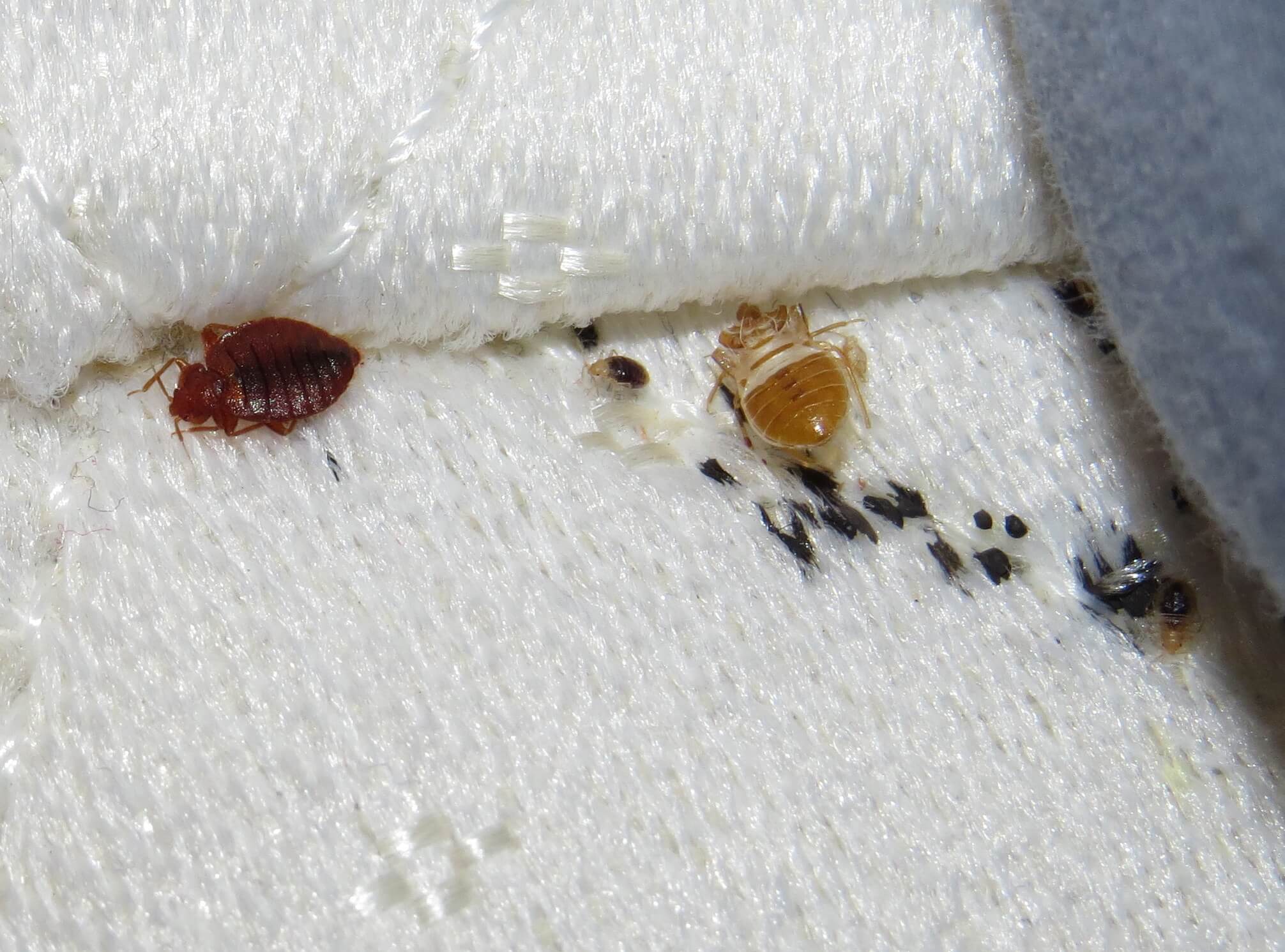The Ultimate Bed Insect Therapy Manual: Expert Insights and Recommendations
Within the world of pest control, bed pests present a distinct difficulty with their elusive nature and resistant presence. The quest for reliable bed insect therapy methods has actually brought about a plethora of guidance and solutions, some even more reputable than others. In this manual, specialists in the area use their understandings and referrals based upon years of experience combating these consistent parasites. From understanding bed pest actions to implementing prevention methods and recognizing invasions, this extensive guide aims to equip readers with the knowledge needed to take on bed insect issues effectively.

Understanding Bed Pest Actions
Comprehending the complex behavioral patterns of bed insects is important for reliable bug control techniques. Bed bugs, medically referred to as Cimex lectularius, are small, reddish-brown parasitic bugs that feed on the blood of human beings and animals. These nighttime insects are adept at concealing in cracks and crevices near their hosts' sleeping locations, making them testing to spot and eradicate.

Reliable Avoidance Strategies
One of the essential prevention techniques is to consistently evaluate and clean locations where bed bugs can hide, such as bed linen, furniture, and cracks in wall surfaces. When acquiring pre-owned furnishings or clothes, checking things thoroughly prior to bringing them into the home is important in stopping bed bug invasions. By integrating these precautionary procedures into routine household routines, individuals can dramatically reduce the chance of bed insect problems.
Identifying Bed Insect Infestations
Upon entering a room presumed of a bed pest infestation, one may discover small red or brown places on bed linen or furniture, suggesting the existence of these pests. Bed pests usually leave behind these telltale fecal discolorations as they prey on human blood during the night. One more common indication of a bed insect infestation is the visibility of molted exoskeletons dropped by expanding bed insects. These exoskeletons are translucent and can be discovered near their hiding areas. Furthermore, bed pest attacks on the skin, which look like red and itchy welts typically arranged in a line or collection, might suggest a problem.
A musty smell in the space might likewise suggest the visibility of bed bugs, as these parasites launch scents that cause a distinct scent. Inspecting cracks and holes in furnishings, wall surfaces, and cushion joints may expose real bed bugs, which are reddish-brown, oval-shaped insects about the size of an apple seed. Understanding these indications is important for very early detection and reliable treatment of bed bug invasions.
Suggested Therapy Methods
Reliable bed bug treatment techniques rely upon a combination of comprehensive evaluation, targeted elimination, and preventative steps to eradicate infestations successfully. The initial step in treating bed pests is a thorough examination to determine the extent of helpful hints the infestation. This usually includes taking a look at areas where bed bugs are likely to conceal, such as bed mattress joints, furnishings joints, and electric outlets. As soon as the infestation is verified, targeted extermination approaches can be utilized. Usual strategies include utilizing pesticides, heat treatments, or cold methods to kill bed insects in any way life stages. It is necessary to follow the directions provided by parasite control experts when making use of these methods to ensure safety and security and performance.
In enhancement to extermination, preventive steps play an important function in protecting against future invasions. This includes frequently cleaning and decluttering living rooms, securing fractures and crevices where bed bugs can hide, and making use of bed mattress encasements to protect versus problems. By incorporating comprehensive inspection, targeted extermination, and safety nets, people can efficiently battle bed bug invasions and preserve a bed bug-free environment.
Keeping a Bed Bug-Free Setting
After implementing efficient bed insect treatment techniques, house exterminator keeping a bed bug-free environment calls for consistent caution and aggressive steps to avoid future infestations. Enclosing mattresses and box springtimes with bed bug-proof covers can stop any kind of continuing to be bed bugs from leaving or brand-new ones from infesting. Securing cracks and holes in walls, furnishings, and various other potential hiding spots can limit bed pest activity and protect against infestations.
Final Thought
